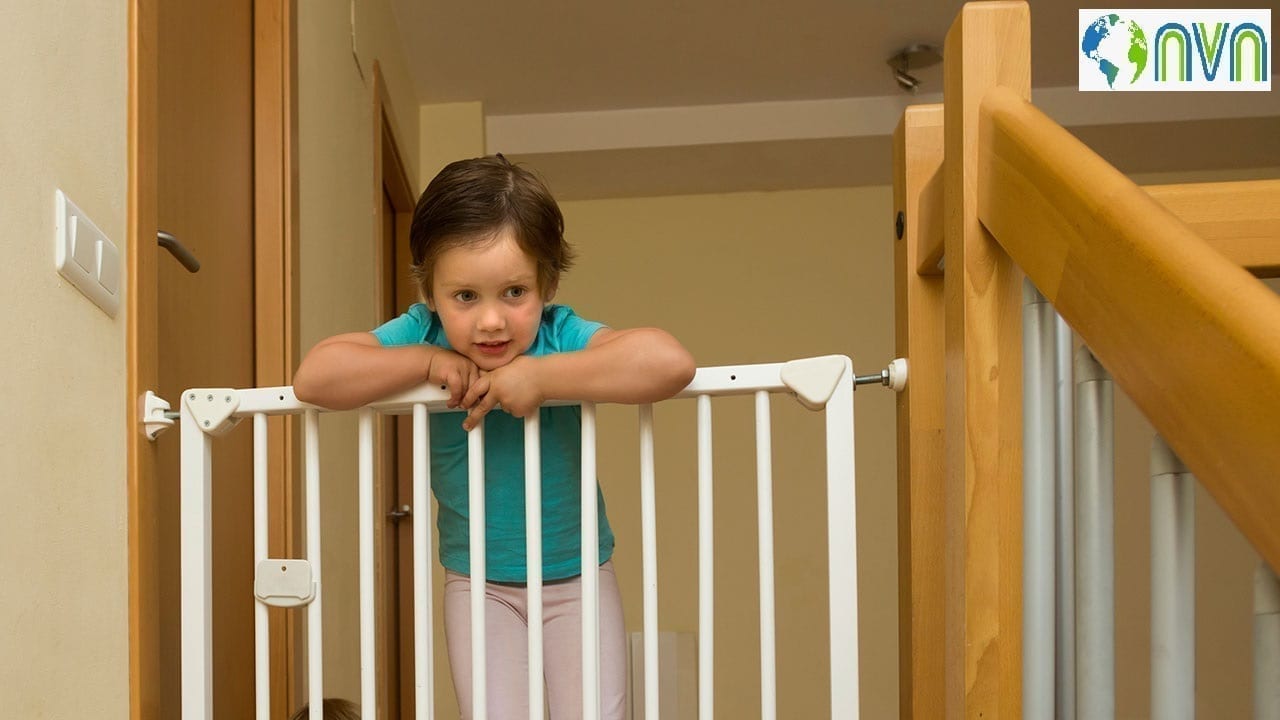Children
Childproof your home and prevent your children from household accidents

Household unintentional injuries are considered to be the leading cause of death among children. According to a study by WHO, every day around the world, the lives of more than 2000 families are torn apart by the loss of a child to an unintentional injury or “accident” that could have been prevented. The grief that the families are immeasurable and often impacts entire communities. Such a tragedy can change lives irrevocably.
The coronavirus pandemic has forced schools and offices to close across the country, ensuring that social distancing will keep people isolated for the time being. School and work are now taking place at home, and largely at the same time. While thousands of parents who are currently working remotely and are trying to create a balance between their work and home life, ensuring child safety and paying attention to their child’s needs often becomes difficult for them.
Many usually reproduce the injury prevention strategies that are relevant to them and do not adequately protect their children. Children’s maturity and their interests and needs differ from those of adults. Therefore, adopting proven interventions such as child-resistant packaging for medications, fencing around swimming pools, hot water tap temperature regulation and window guards have been found effective in preventing potential hazards for a child in an adult-friendly home.
Once a child reaches the age of five years and above, unintentional injuries become the biggest threat to their survival. These injuries are also a major cause of disabilities among them and can have a long-lasting impact on all facets of their lives, like relationships, learning, and play. Children’s capacity to understand danger is often not matched by their curiosity and drive to explore their world. They live in a world designed for adults, and because their body contours and behavior are different, they are more prone to injuries.
Child injuries have been neglected for years, and are largely absent from child survival initiatives both locally and globally. Hence, at a time when parents are working from home and are struggling to attend to their child’s needs, they need to be guided on how they can supervise the safety of their children at home and can ensure their home is childproofed.
Some of the common childhood injuries –
The most common causes of injuries among young children are falls – for example, from a table, a bed or a ladder, or falling over when running (not seeing a step or going too fast to stop safely). Other common injuries among children are from swallowing poisons, burns from hot water or fire, drowning, or getting badly sunburnt. Children might also get hurt when learning a new skill, such as riding a bike, or when they try using something that belongs to an older child (for example, a skateboard).
Understanding the danger is important –
Young children cannot understand the danger. They cannot understand they might get hurt or even killed even when you have told them about the danger. Young children can understand ”Stop” or “no”, but cannot understand “Do not run onto the street because you will get hit by a car”. They are too busy concentrating on one task, for example focusing on running without falling over. In the case of toddlers, they may understand “no” but they may not have learned to obey it yet. Young children only look at where they are going to (chasing a ball, running to a friend) – they have ‘tunnel vision’, but they cannot judge whether something, such as a car, is moving, or how fast it is moving.
How can you best keep your children safe –
As adults, it is our responsibility to work out what might hurt a child and to work out how to keep young children safe. There are a set of steps that you can follow in order to best protect a child.
1. Get rid of the danger: For example, if you have been using chemicals in the garden, throw away any chemical that is left over.
2. Change the hazard so that it is not so dangerous: For example, many children are hurt when they fall off bunk beds. Put the top-level bed down onto the floor so you have two low beds; lie your ladder down on the ground; avoid keeping table and stool next to balcony parapet or windows, and ensure the child’s outside play area is a long way from where the cars go.
3. Block access to the danger: For example, put medicines and cleaning chemicals into a locked cupboard, and take the key out (or use a ‘child-proof’ cupboard); always take the keys out of the car.
4. Stop your kids if they are doing something you think is dangerous: Pick them up and put them somewhere safe (you are the adult, and you are bigger); if they are too far away, shout something very simple, very loudly, like STOP! Don’t say more words as you need them to concentrate on stopping.
Reminders: Have emergency phone numbers near the phone -police, ambulance, fire, and doctor; have a first aid kit in the house and car; check that homes and public places you visit with your child are safe; do a first aid course which includes emergency resuscitation, so that you will know what to do.
Ultimately, child safety is not our choice, it is our responsibility!
Authored by Dr. Chetan Ginigeri, Consultant – Paediatrics & Paediatric Intensive Care, Aster CMI Hospital.






























